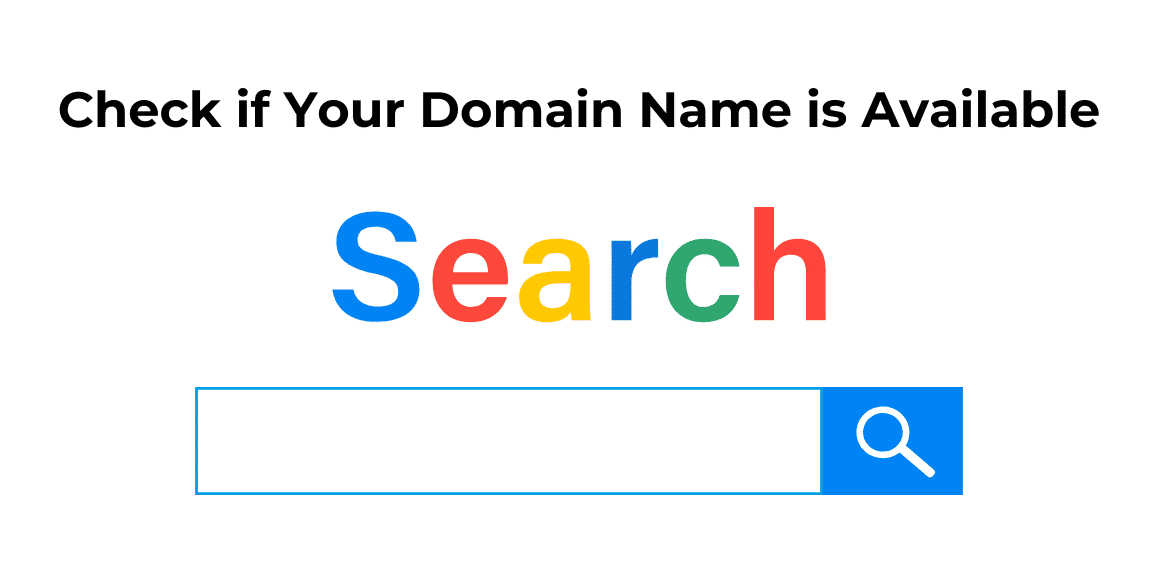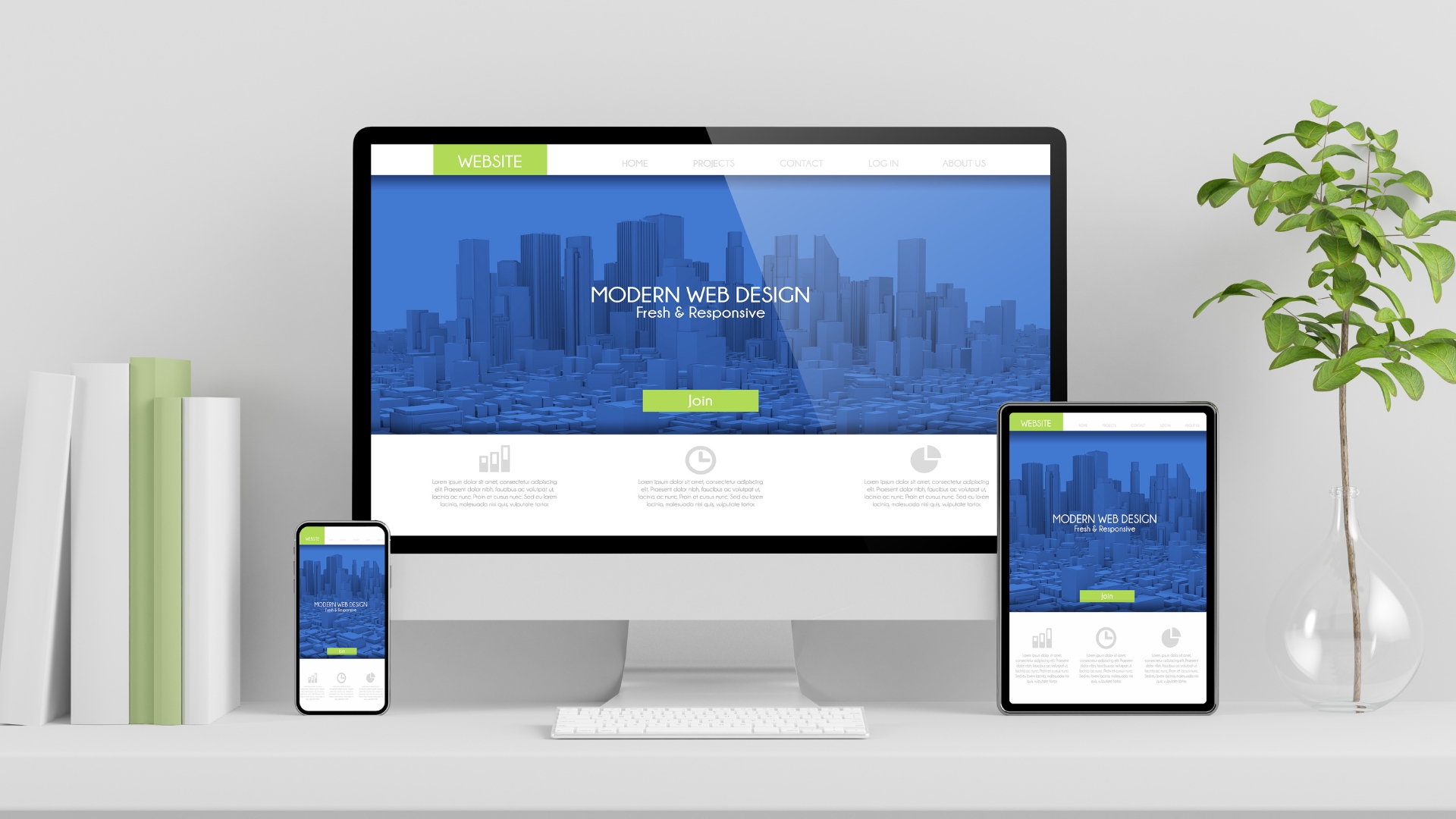Want to learn how to create a website that is both well-designed and functional?
In this detailed guide, we go through every step you will need to create your website.
Note: Get Your How to Create a Website PDF Below.
How to Create a Website
Here is a quick checklist of what you will need to do to create a website:
Here is a condensed version:
- Purpose and Goals: Define your website’s purpose and target audience.
- Domain and Hosting: Choose a domain name and hosting provider.
- Content Plan: Create a sitemap and plan your content.
- Design: Design your website layout and visuals.
- CMS: Select a Content Management System (e.g., WordPress).
- Development: Build or customize your website.
- SEO: Optimize for search engines.
- Testing: Thoroughly test your site.
- Content Creation: Add and format content.
- Analytics: Set up tracking tools.
- Security: Ensure site security and backups.
- Launch: Make your site live.
- Promotion: Market your website.
- Maintenance: Keep content and features up-to-date.
- Engagement: Interact with your audience for feedback and improvements.
The Best Software to Build a Website
We recommend the most popular software to build a website in WordPress over any other software because of its many advantages. These include:
- User-Friendly: WordPress is known for its user-friendly interface, making it accessible to people with varying technical expertise. You don’t need extensive coding skills to create and manage a website.
- Abundance of Themes and Plugins: WordPress offers a vast library of themes and plugins. Themes provide pre-designed templates, while plugins add functionality. This allows you to customize your site easily, whether you want a blog, e-commerce platform, portfolio, or any other type of website.
- Flexibility: WordPress is highly adaptable. You can create simple blogs or complex, feature-rich websites. It’s suitable for personal websites, small businesses, large enterprises, and everything in between.
- Community and Support: The WordPress community is extensive, and you can find solutions to common problems and support easily. This active community also means there are frequent updates and improvements.
- SEO-Friendly: WordPress is designed with search engine optimization (SEO) in mind. It has various SEO plugins available to help optimize your site for search engines.
- Security: While no platform is entirely immune to security threats, WordPress has a strong focus on security. With the right practices and plugins, you can secure your website effectively.
- Mobile Responsiveness: Most modern WordPress themes are designed to be responsive, ensuring your website looks good on various devices and screen sizes.
- Scalability: WordPress is suitable for websites of all sizes. You can start small and expand your website as your needs grow.
- Cost-Effective: Many WordPress themes and plugins are free, which can help keep your website development costs down. You can also find premium themes and plugins for advanced features.
- Content Management: As a CMS, WordPress excels in content management. It’s easy to create, edit, and organize content, making it a preferred choice for bloggers and content-driven websites.
- E-commerce: If you’re looking to create an online store, WordPress offers plugins like WooCommerce that can transform your site into a fully functional e-commerce platform.
- Regular Updates: WordPress regularly releases updates to improve security and functionality, ensuring your website remains up to date.
While WordPress has many advantages, it’s essential to note that it might not be the best choice for every project. Your choice of platform should align with your specific needs and goals. However, for many, WordPress provides an excellent balance of power, flexibility, and ease of use.
How to Create a WordPress Website for Beginners
Creating a WordPress website for beginners involves several straightforward steps that include:
- Get Hosting and Domain: Choose a hosting provider and register a domain name for your website. Many hosting providers offer one-click WordPress installation.
- Install WordPress: Most hosting platforms provide an easy way to install WordPress. Follow their instructions to set up your website.
- Log In to WordPress: After installation, you can log in to your WordPress dashboard using your chosen username and password.
- Choose a Theme: Browse and select a WordPress theme that suits your website’s style and purpose. You can find free and premium themes in the WordPress theme repository or from third-party providers.
- Customize Your Theme: Access the theme customization options in your dashboard. You can change colors, fonts, layouts, and more to personalize your website.
- Add Content: Start creating pages and posts. Pages are for static content like your “Home,” “About,” and “Contact” pages, while posts are for blog articles. Add text, images, and multimedia content.
- Install Plugins: Extend your website’s functionality by installing WordPress plugins. Popular plugins include Yoast SEO for SEO optimization, Akismet for spam protection, and WooCommerce for e-commerce features.
- Set Permalinks: Configure your website’s permalink structure (how URLs appear). Use “Post name” or “Custom Structure” for SEO-friendly links.
- Optimize for SEO: Install an SEO plugin like Yoast SEO to help improve your site’s visibility in search engines. Follow its recommendations for better SEO practices.
- Create Navigation Menus: Organize your site’s navigation by creating menus. You can include pages, posts, and custom links in your menus and add them to your website’s header or footer.
- Configure Widgets: Use widgets to add elements to your website’s sidebars, footer, or other widget-ready areas. Widgets can display categories, recent posts, social media links, and more.
- Set Up Contact Forms: Install a contact form plugin, such as WPForms or Contact Form 7, to create and manage forms that allow visitors to contact you.
- Test Your Website: Thoroughly test your website to ensure that all content and functionality work correctly. Check for broken links, slow loading times, and any design or usability issues.
- Backup Your Website: Set up regular backups of your website. You can use plugins like UpdraftPlus to automate this process.
- Launch Your Website: Once satisfied with your website’s design and content, make it live for the world to see. Remove any “Under Construction” pages or password protection.
Website Design for Beginners
Designing a website for beginners can be a fun and creative process. Here are some essential tips to get you started:
- Plan Your Website:
- Define your website’s purpose, target audience, and key goals.
- Create a sitemap to outline the structure and hierarchy of your site’s pages.
- Choose a Website Builder or Platform:
- For beginners, website builders WordPress with pre-made themes are user-friendly options.
- Select a Suitable Domain Name:
- Choose a domain name that is easy to remember and relevant to your site’s content or purpose.
- Register your domain through a reputable domain registrar.
- Pick a Template or Theme:
- Website builders and platforms offer a variety of templates and themes to choose from.
- Select a design that matches your website’s style and goals. Customize it to your liking.
- Consider User Experience (UX):
- Design with your visitors in mind. Make your website easy to navigate, ensuring users can find what they’re looking for.
- Use a clear and concise menu structure.
- Focus on Mobile-Responsiveness:
- Ensure your website is mobile-friendly, as many users access websites on smartphones and tablets.
- Test your site’s responsiveness and make adjustments as needed.
- Optimize for Speed:
- Compress images and use optimized file formats to improve loading times.
- Choose a hosting provider that offers fast server speeds.
- Use High-Quality Images and Graphics:
- High-quality visuals make your website more appealing. Ensure images are relevant and enhance the user experience.
- Compress images to maintain performance.
- Keep Typography Consistent:
- Choose readable fonts and maintain consistency in font styles and sizes.
- Use headings and subheadings to structure your content.
- Add Engaging Content:
- Craft clear and engaging content for your website’s pages. Write for your target audience.
- Incorporate multimedia, such as images and videos, where appropriate.
- Incorporate Calls to Action (CTAs):
- Include clear CTAs to guide users to take specific actions, such as signing up, contacting you, or making a purchase.
- Test Your Website:
- Regularly test your website on different devices and browsers to ensure it works correctly.
- Check for broken links and any design or usability issues.
- Consider SEO Basics:
- Implement on-page SEO techniques, such as using relevant keywords, creating meta titles and descriptions, and using alt text for images.
- Use White Space Effectively:
- White space (space) is crucial for readability and aesthetics. Don’t overcrowd your pages with content and elements.
- Include Contact Information:
- Make it easy for visitors to contact you. Provide clear contact information or an accessible contact form.





